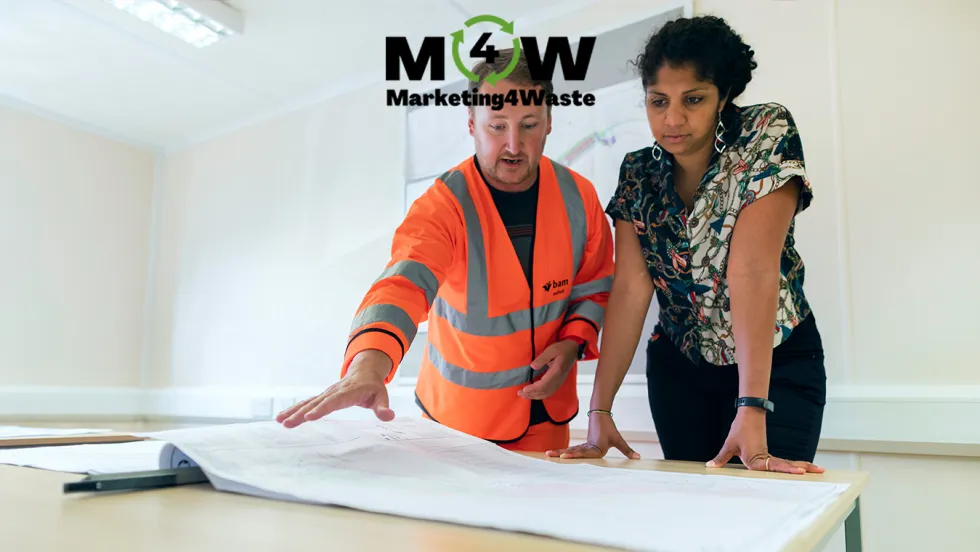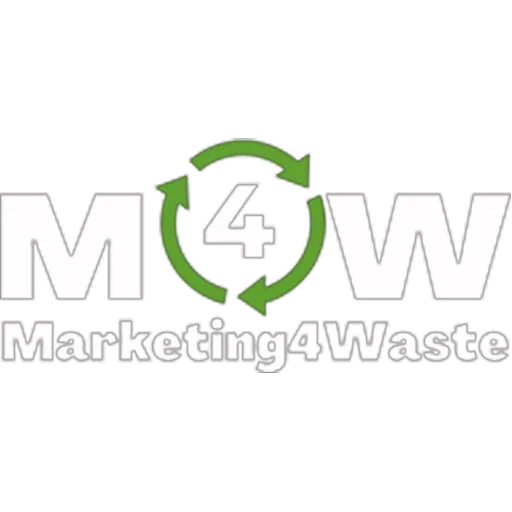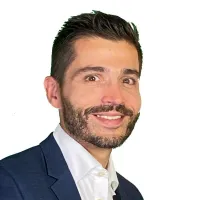Increase the Revenues of Your Waste Company With the Tips Shared in Our Blog Articles

From Waste Management to Reverse Engineering
Discover how to transform your waste management plant into a reverse engineering plant increasing its turnover and saving the planet.
Have you ever thought that your waste management business is nothing more than a reverse engineering process?
I know that you are wondering “Really?!”
My answer is “Yes, really!”
Even if your plant is only collecting and treating MSW (municipal solid waste) you are in a reverse engineering process.
Or better you should be if you want to obtain the largest possible profit from your waste management business.
For that reason, I want to share with you how to transform your waste process in your personal slot machine where each coin that you insert releases a new jackpot.
To do that the first step is to understand what the reverse engineering process is.
I know that you may be using this “word” frequently in your day-by-day conversations, but do you have an idea about what it really means?
According to Merriam-Webster, Reverse Engineering is a process to disassemble and examine or analyze in detail (a product or device) to discover the concepts involved in manufacturing usually in order to produce something similar.
So starting from the definition reverse engineering is first of all a process.
A process whose purpose is to examine and analyze in detail what was the production process that led to the production of a product, a device, and, let me add, even a system.
In short, the purpose is to analyze the production process of a product, or device, starting from the product and going back.
I know that now it seems that there is no connection between waste management and reverse engineering, especially talking about municipal solid waste, but let me go ahead.
I’ll be more clear in a few lines.
I was telling you that reverse engineering is a process whose goal is to identify how a product is produced.
To pursue this purpose there is a very precise process to follow which is generally structured into 3 main macro phases:
– Implementation Recovery
– Design Recovery
– Analysis Recovery
Implementation Recovery is the phase where studying the product or the device, you create a model. The initial model serves as a reverence to follow during the disassembling process.
The Design Recovery is the phase where by disassembling the product you start to separate all the single components. Every single component is categorized and separated to be managed in the third phase.
The Analysis Recovery is the last of the 3 macro phases of the process, and it defines why component 1 was used in its specific position and why component 2 was used in its other position. That’s important because it helps to understand the complete functionality of the process.
I simplified the process for explanatory reasons, but that’s how a reverse engineering process is structured and applied.
I know that in your mind there is still the question “Ok but what does reverse engineering have to do with waste management?”
As I told you initially, reverse engineering should be the systematic process applied in your plants to save the largest amount of resources from the waste collected and treated.
In fact, as described in the process, one of the most interesting points of reverse engineering that it’s also the connection with waste management is the implementing recovery phase where creating a model based on the type of waste that you collect you are able to define how to treat them to obtain the largest amount of secondary raw materials.
To give you an example about it, think for one moment about what a car scraper does.
The car scraper collects the car and before disassembling it, he researches the technical data sheets of the engine, the clutch, the gearbox, the interiors, of every single part. He knows very well that every single part has value in the market of used parts.
At the same time to maximize the profit from the car disassembling he creates a process to follow defining the time needed to disassemble every single component.
Thanks to this process he knows very well how much time is needed for the same model of car and he knows the profit obtainable each time that he collects that model.
That’s the application of reverse engineering, or better this is the virtuous waste management approach needed to increase the turnover of your company.
Probably it’s also one of the most interesting examples to do, I know, but I also know that you are thinking “how can you apply the same process in a municipal solid waste treatment plant?”
That’s a right and interesting question.
For that, the answer needs to be articulated.
Let me start again with the car scraper example.
People that decide to dispose of their cars know well how to do it.
The same should be for municipal waste.
The waste that you collect.
That’s the point before the activation of the reverse engineering process.
If you don’t work on that, your municipal solid waste management plant will not be a reverse engineering plant but it will be a treatment plant that lives basing its business on the collection of waste and not on the sales of secondary raw materials.
How can you structure the process before the waste collection?
You can do it thanks to a marketing approach that explains very clearly which waste is collected and treated in your plant and how you would like to receive this waste. To do your marketing strategy will need some videos and manuals where you show, as an example, how to segregate the plastic bottles separating the white ones from the colored ones, how to segregate the white glass from the colored ones, and the white paper from the colored, etc.
To support this action you should offer to the citizens different bins for the different types of waste that you collect. When you deliver the bins, give the citizens access to an online reserved area where there are videos about how to separate the different colors of plastics, glass, paper, etc.
In the reserved area, you should show the scoring that the family is achieving thanks to segregation. Scoring totally connected with the collection and with segregation. This scoring is helpful to define a discount on the waste collection cost, give the family a coupon, or something similar.
Once you create this process, you’ll be able now to structure the first step of the reverse engineering process at your plant.
Or better.
You are able to jump directly to the second step: the design recovery.
In fact, thanks to the activity developed outside and supported by your marketing the waste that you collect will be ready to enter this phase and to go ahead in the analysis recovery phase.
The last phase will be the one that moves the secondary raw material produced from you to your clients.
This approach described here will transform your waste management plant into a reverse engineering plant. It could seem a futuristic business model but believe me that it’s actually now.
If you want to know more on how to implement it at your plant, schedule today a marketing consultation with us by clicking here.
Be The Change
Sam,


© 2025 Marketing4waste - All Rights Reserved,
Marketing4Waste is a brand of MiM MarketingInterimManagers LLC
+1 801 804 5730

